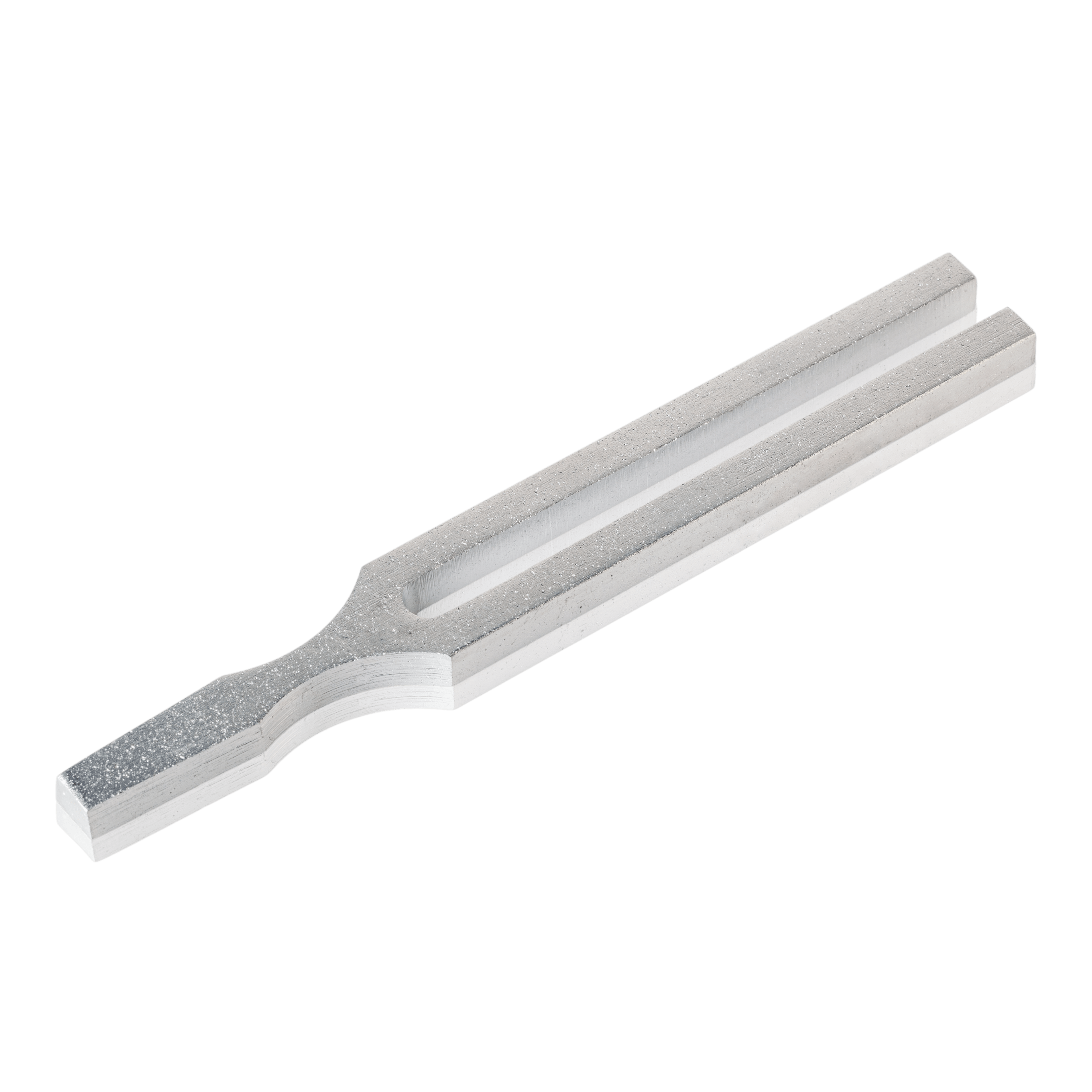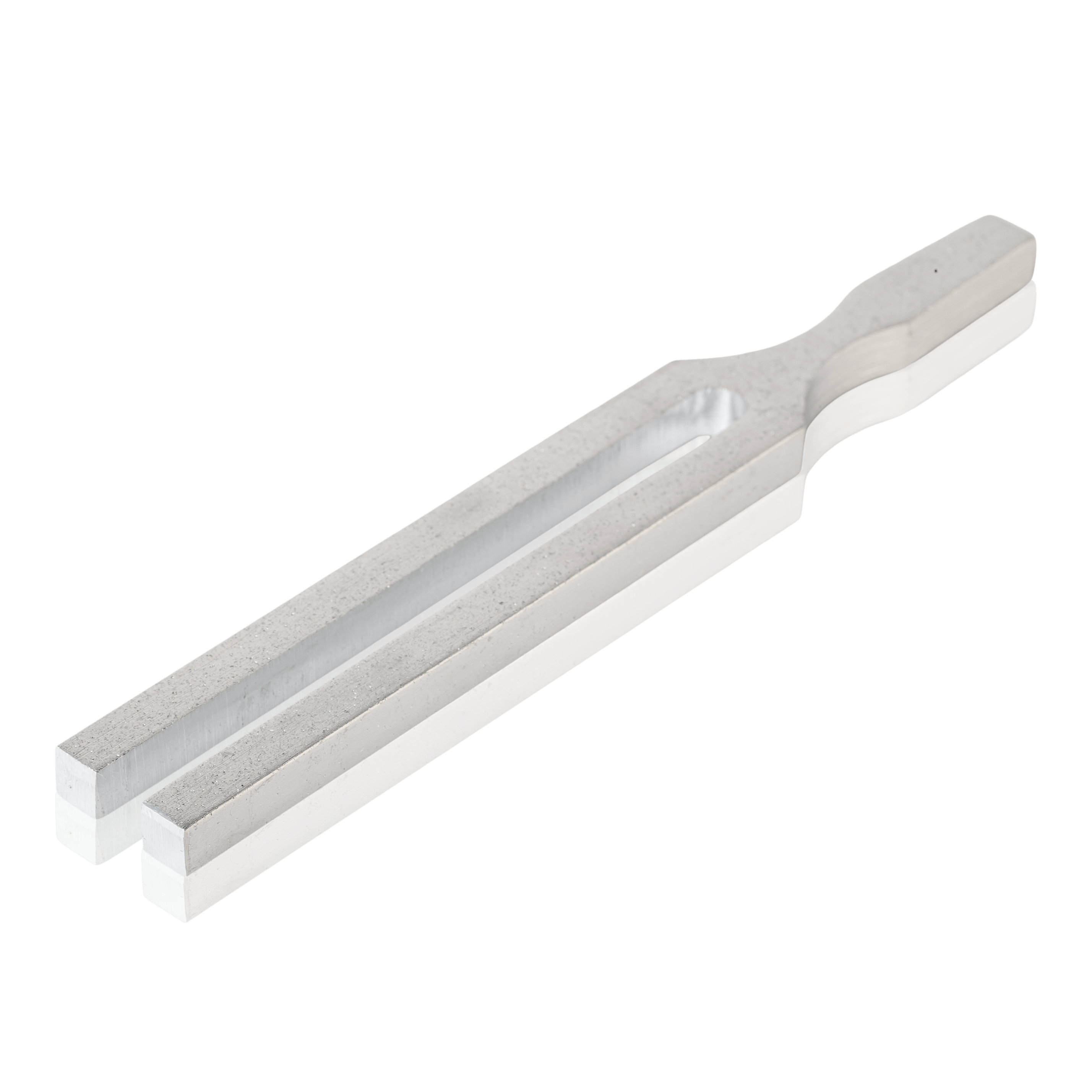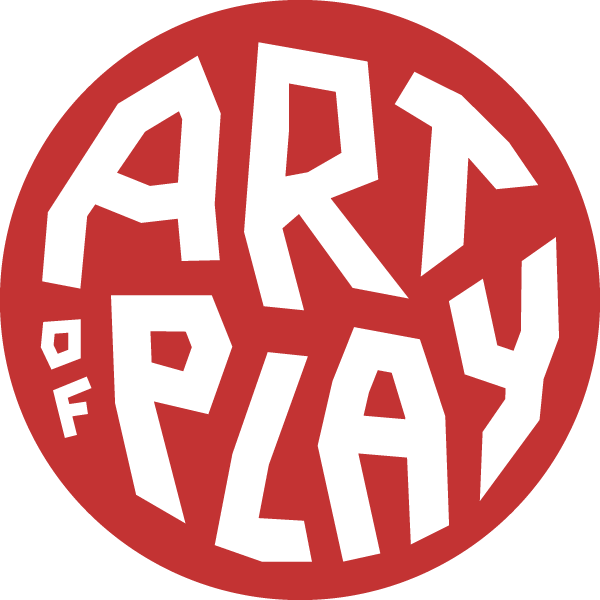

Laboratory Tuning Fork
Join our Curiosity Club and get 15% off your first order.
Shipping & Returns
We offer a variety of shipping options based on budget and speed of delivery. These options can be seen at checkout. If you are not satisfied with your purchase, you may return it within 30 days for a refund in the form of the original payment. Here is our Return Policy
Guarantee
We're committed to your ultimate satisfaction. If you're not happy with our service, or if something is wrong with your order, please let us know and we'll do whatever we can to make it right. Contact Support

Overview
Laboratory Tuning Fork
Tuning forks are fascinating, simple tools that don’t get quite enough appreciation.
Striking a prong against a hard surface causes the fork to hum in a specific pure frequency. This frequency is calibrated based on the fork material and size.
The hum is produced by the vibration of the prongs, which create tiny, alternating high and low-pressure regions of air which radiate out. This is what we call sound.
Why do tuning forks have two prongs? If it had just one prong, essentially a metal rod, the force of striking one end would cause an opposite force on the other end, where your hand would dampen the vibration quickly. But with two prongs, the force travels through the bar and is exerted in the second prong. The handle becomes the neutral point so the sound lasts much longer.
Tip: Hold the handle against a hard surface for maximum ring time.
Stemcell Science Shop

